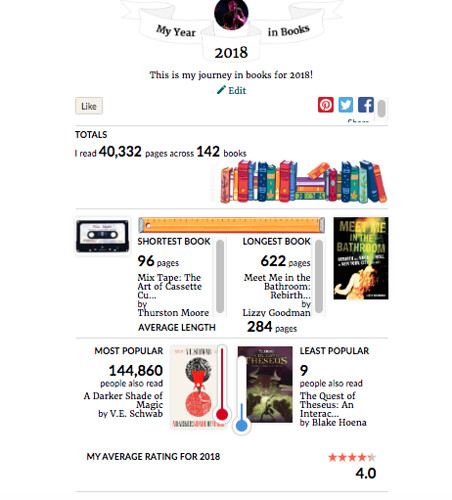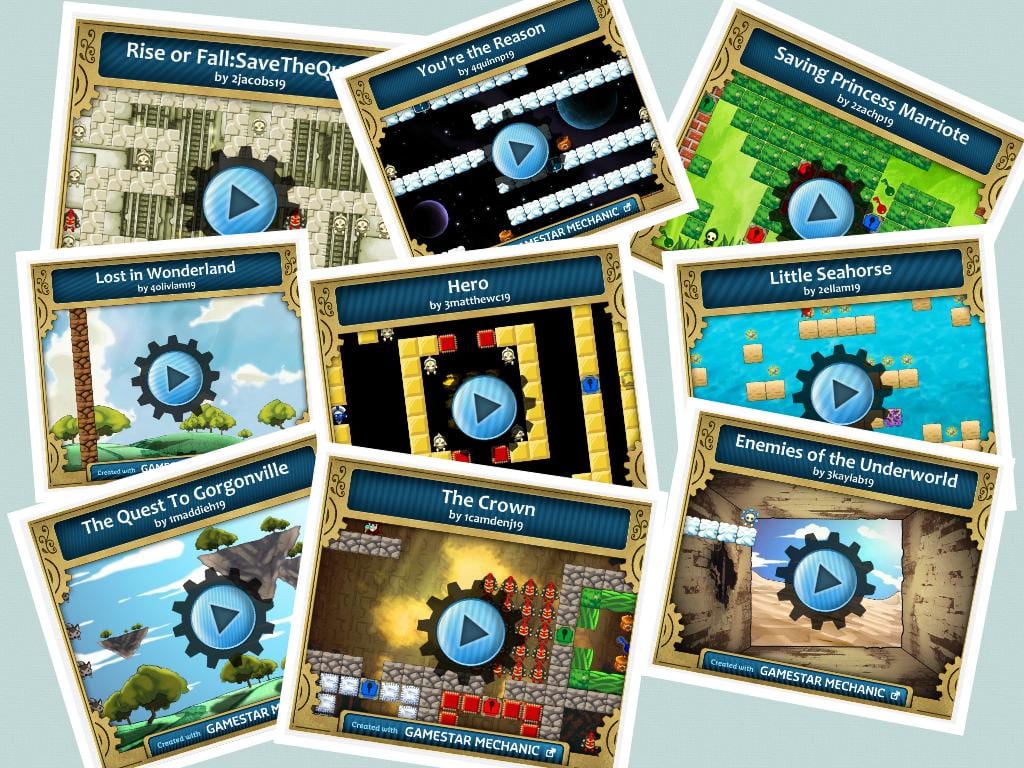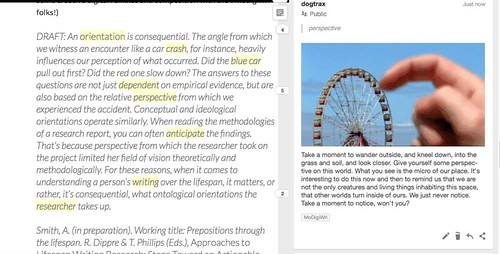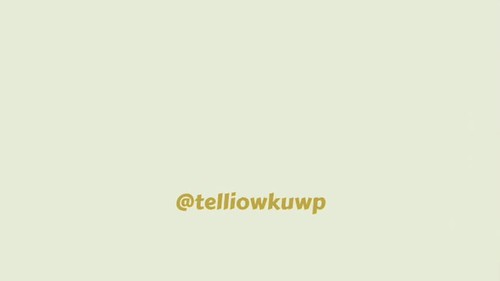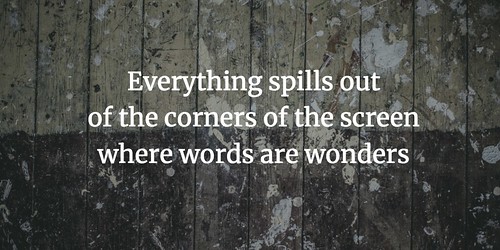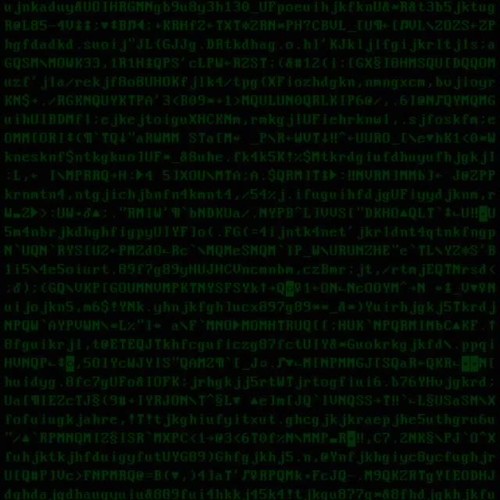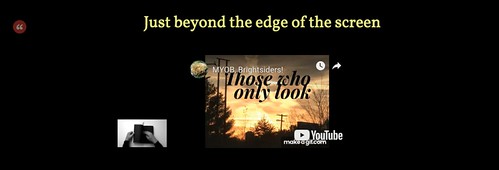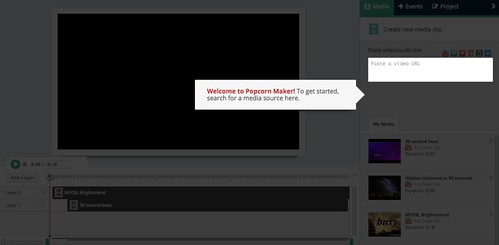
reading flickr photo by Ken Ronkowitz shared under a Creative Commons (BY-NC) license
I’ve been trying to work more independent and choice reading time into my classroom this year. I’ve always done so, but this year, I’m stretching the time frames and trying to be more thoughtful about the time they need in the school day to read. I’m inspired by books like Game Changer (Donalyn Miller and Colby Sharp) and Book Love (Penny Kittle) and others.
As we neared the end of a recent seven-week block of an independent reading unit, following a class novel unit at the start of the year, I asked them to write a bit about what they liked or didn’t like about this extended time.
Reading their responses, three main themes emerge across the board (and of my nearly 80 students, only two did not like the independent unit all that much, citing too much choice and freedom).
- They liked the choice and the variety of books they could read, and some notes resistance to teacher-driven books, even if they like the story
- They liked the quiet space we created in the classroom for reading — sometimes it was only 10 minutes a day but often I stretched it to 20 minutes — and many noted they don’t have time to read or desire to read outside of school
- They appreciated learning about more books from other classmates reading, getting recommendations from peers (as opposed to me, the teacher, although many did ask and receive books from my classroom library upon my recommendation)
Here’s what some of them wrote:
I have enjoyed this extended independent reading unit from the moment we started it. One of the reasons why I liked it is being able to read what I wanted instead of what other people wanted or were reading. I like having my own book that is harder to have a spoiled finish than others that people already read. Some of the books that I read other people didn’t read or had forgotten about reading it. This experience of independent reading has made reading something more enjoyable. – GM
During the last several months I have enjoyed the independent reading unit. I have had trouble finding time to read in the past, which is a hobby I enjoy, so it is not only helpful but to have the opportunity in class but also fun. I like deciding where to sit in the classroom, and I enjoy the quiet atmosphere it provides. – CC
I enjoy independent reading. I like it because, If I did not have a time to read, I might of stopped reading or forgot about the book. I like choosing a book because the books that people pick out for me might not meet my interests. At school, the teachers pick out good books, but if anyone else did I probably would dislike it. — LB
I really enjoyed our independent reading. One reason is, I get the freedom to chose the book of my choice. I also like that if I don’t like a book I can stop reading it and chose a book that I will better enjoy. Lastly, I like that I can read at my own pace and I don’t have to stop reading if I’m enjoying something. In conclusion, I really enjoyed our independent reading. — JS
I have enjoyed it because teachers don’t always pick the best book for the class. I know because all last year I did not like the books. Also, it gives me freedom to try different genres. Also, because it is fun to read all kinds of books. – EM
I have enjoyed the independent reading unit. I love to read and I have really enjoyed being able to pick out my own books so that I can understand what I’m reading and enjoy. I have been able to read 2 books and I am starting a third. Even though I like to read I don’t usually read so it was nice to read every day in class. – LG
Yes I did enjoy it because you are able to pick your own book. I like it better than having to read an assigned book. Also it allows me to read diverse books. – LP
I have enjoyed quiet reading because, it is nice to have sometime in the middle of the school day to sit back and quietly read a book after all the rushing around. It is nice to also be able to pick out the book that I want to read, unlike being forced to read a book That I may or may not like. When it is time for quiet reading, it is nice to be able to pick out where to sit, what to read, and how fast or how slow you read. – SB
Yes, I have enjoyed this independent reading unit. I like how I have the freedom to pick a book that particularly interests me. However, I did like the book that we read as a class. I also liked that I did not have a reading limit. Especially when I am at a suspenseful part. When reading in class I agree that it was really quiet and peaceful. I think that the amount of time we spent reading in class was good, not too long but not too fast. – OM
I love reading so naturally I love silent reading. I also enjoy the fact that we get to choose our own books because it encourages me to read more. Reading has always been one of my favorite things to do. However, when I’m forced to read a certain book I enjoy the book less even if it is a good book. – AH
Peace (pondering),
Kevin
